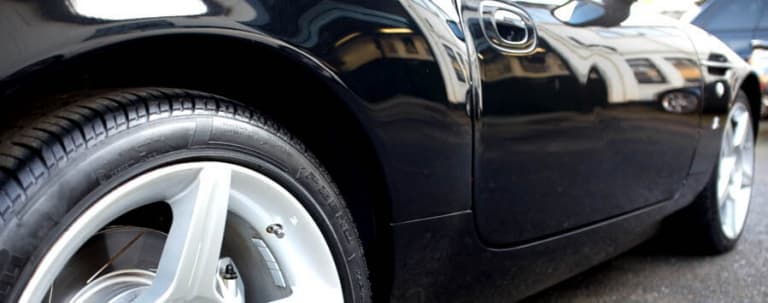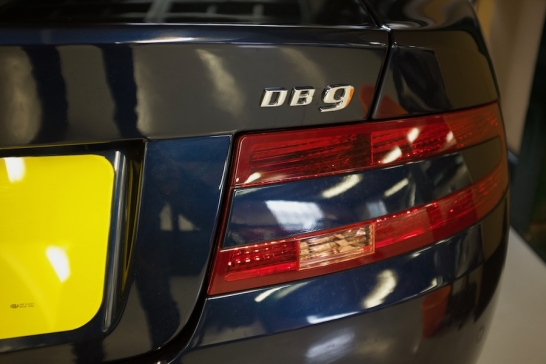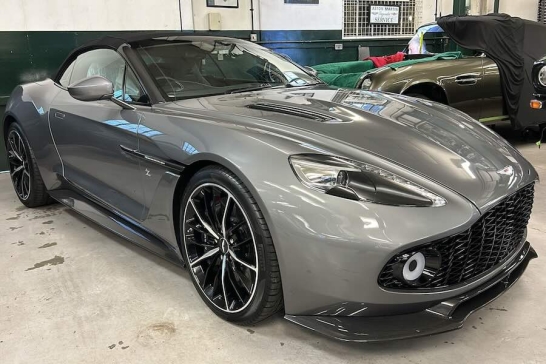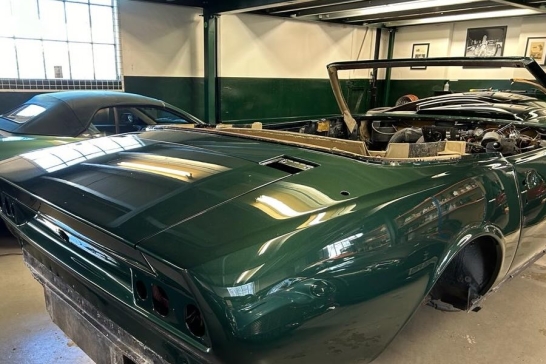When you first slide behind the wheel it might seem like owning a car as special as the Aston Martin DB7 is the beginning and the end of the story.
From the classically perfect lines of the bodywork to the unique style and understated luxury of the interior, there’s something undeniably right about this very special car, but there’s more to owning one than simply sitting back and admiring it (tempting though that might be). The real key to making the most of an Aston Martin DB7 lies in enjoying what it can do and understanding how it does it. In other words, lifting the bonnet, and if you're thinking of investing in an Aston Martin DB7 then an important consideration is which engine variant to go for. In our view all of the options are great engines but it very much depends on your intended use.
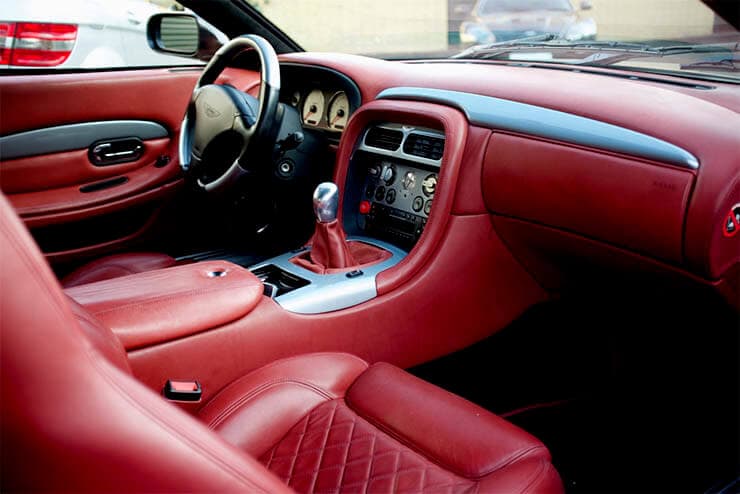
What are the variants?
The next thing you do after sliding behind the wheel, of course, is turn the ignition key and listen to that engine. It’s easy to forget, when you’re dealing with a luxury vehicle like the DB7, that it is, at heart, a car like any other (a very nice car indeed, of course), with an engine that brings it to life and a driving experience that depends on the performance of that engine. The earlier DB7s rolled off the production line with a six-cylinder engine, whereas the later Vantage had a V12 engine. The six-cylinder engine, of course, was built around the foundation of a Jaguar engine and was a 3.2 supercharged engine, which means it offers excellent torque and the kind of exciting acceleration that Aston drivers appreciate. The Jaguar connection with the DB7 is nothing to look down on since, as we’ve covered in previous blogs, the history of luxury vehicles is one of parts being cannibalised from ‘lesser’ makes and models.
The interesting thing is – and it's something any Aston Martin specialist will tell you – that the relative size of these engines doesn’t lead to a massive difference in the amount of power they offer. On its own terms, the V12 is a stonking engine (that’s not a strictly technical term, but if you’ve ever pressed the accelerator on one, you’ll know what we mean), but because of the supercharged torque offered by the 6 cylinder car, there isn’t a huge difference in performance. You do notice it when driving, undoubtedly, but it’s not massive. The Vantage feels more sprightly to drive, there’s no denying that, but some of the published figures back up our sense that the performance gap between the two is smaller than you’d assume, at something like 100 horsepower.
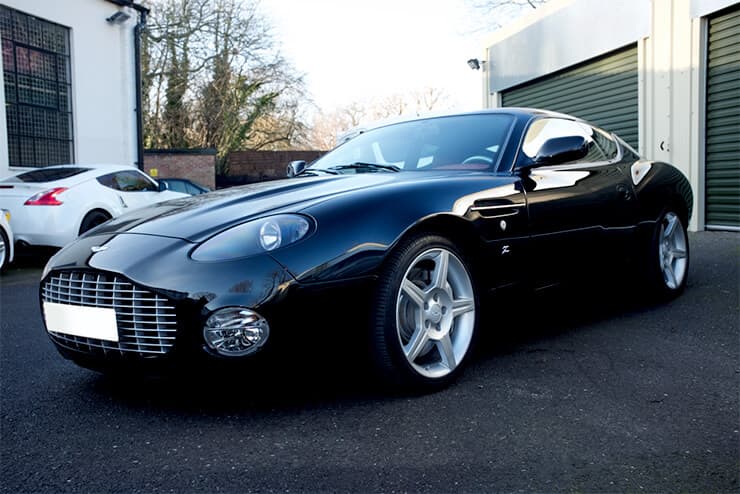
Reliability
Given the love we feel for DB7s you might expect us to say this but it simply happens to be the truth – both of the engines are extremely reliable in terms of their maintenance. We’re basing that opinion on our own experience and the fact of the matter is that during many years of being elbow-deep in various engines, we’ve almost never had to work on either of these variants. It’s quite significant that we can actually remember the one occasion when we had to change the cylinder gasket on a 6 cylinder, for example, while the only issue really worth mentioning with the Vantage engines isn’t strictly speaking, a mechanical issue.
Coil Packs
It's a mechanical issue because it concerns the coil packs which, technically, constitute an electrical, add-on aspect of the engine. The coil packs can break down on V12s, and the issue with this is that replacing them is a pretty tricky job that involves taking some sections of the engine itself apart. That’s why we personally take issue with the Aston Martin recommendation that the coil packs should be replaced every 3 years or 30,000 miles. Given the amount of work involved in making that change, we’d recommend waiting until there’s some sign that the coil packs are actually starting to fail.

Generally, if one of the coils goes then you’ll notice your car misfiring, especially when starting up and running from cold, and at the same time, the ‘check engine’ light will be winking at you. Tick both of these boxes and it’s probably time to replace one of the coils. However, the work involved is so in-depth that it makes complete sense to replace all the coils and spark plugs when you have to replace just one.
Where the 6 cylinder is concerned the only issue that springs to mind is, again, something that we’d consider an addition to the mechanics of the engine itself. Of course, if you’re the driver sitting behind the wheel of a DB7 that isn’t performing to capacity, then the chances are that you don’t really care if it’s technically a mechanical issue or not; so this is what you’ll have to look out for – overheating. The supercharger came with its own smaller water pump which can spring leaks. Also, the original radiators were made of plastic and aluminium, which had a tendency to crack or get bowed and then springing leaks, then overheating.
In general terms, both engines mean that the cars are a pleasure to drive, and can be classified as good, long-lasting engines – we’ve never known a 6 cylinder to smoke if we can put it that way. This may sound like a lot of pros and not too many cons, but when you’ve been working on Aston Martin engines for as long as we have then you probably can’t really help falling in love with them.
